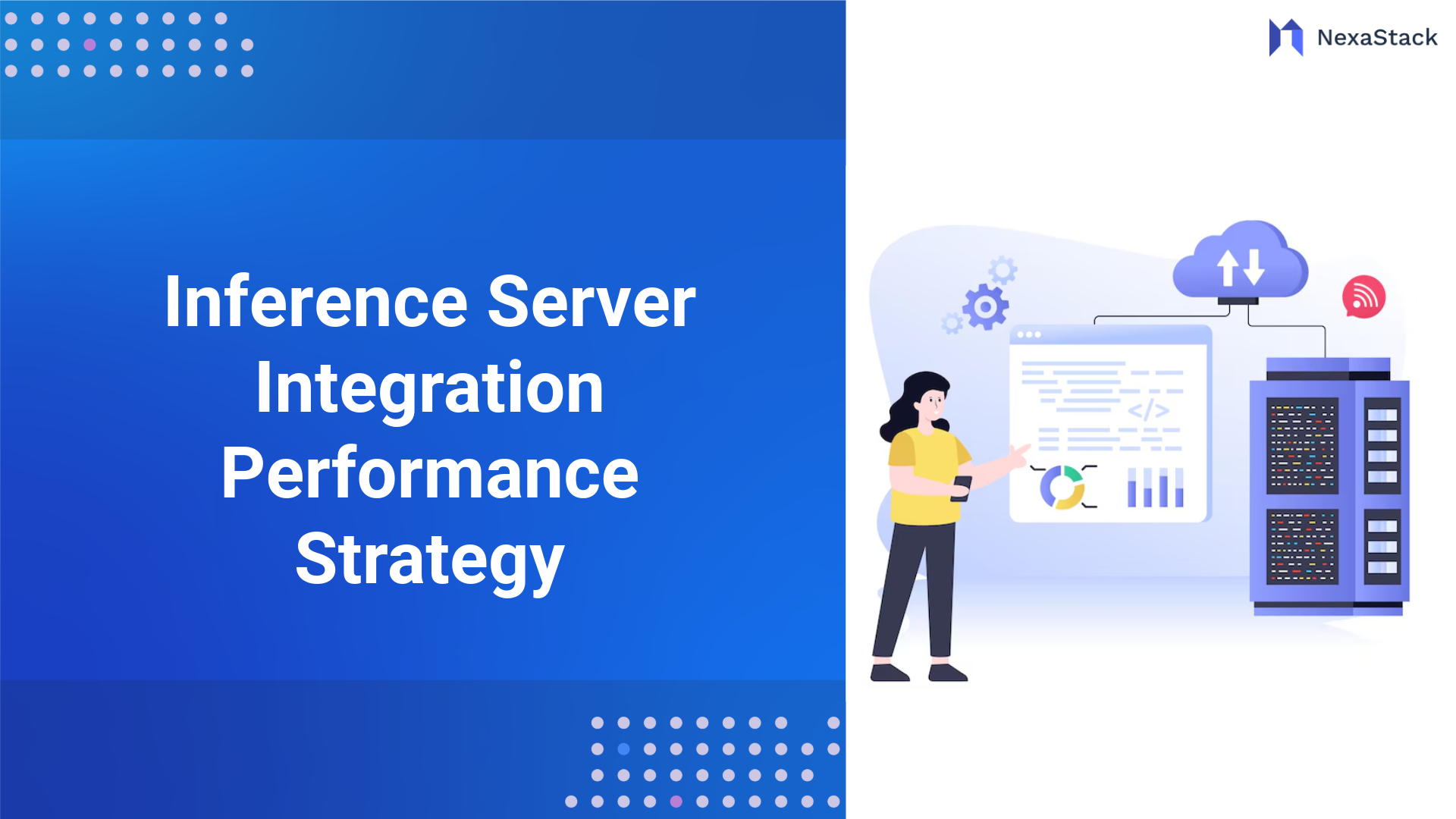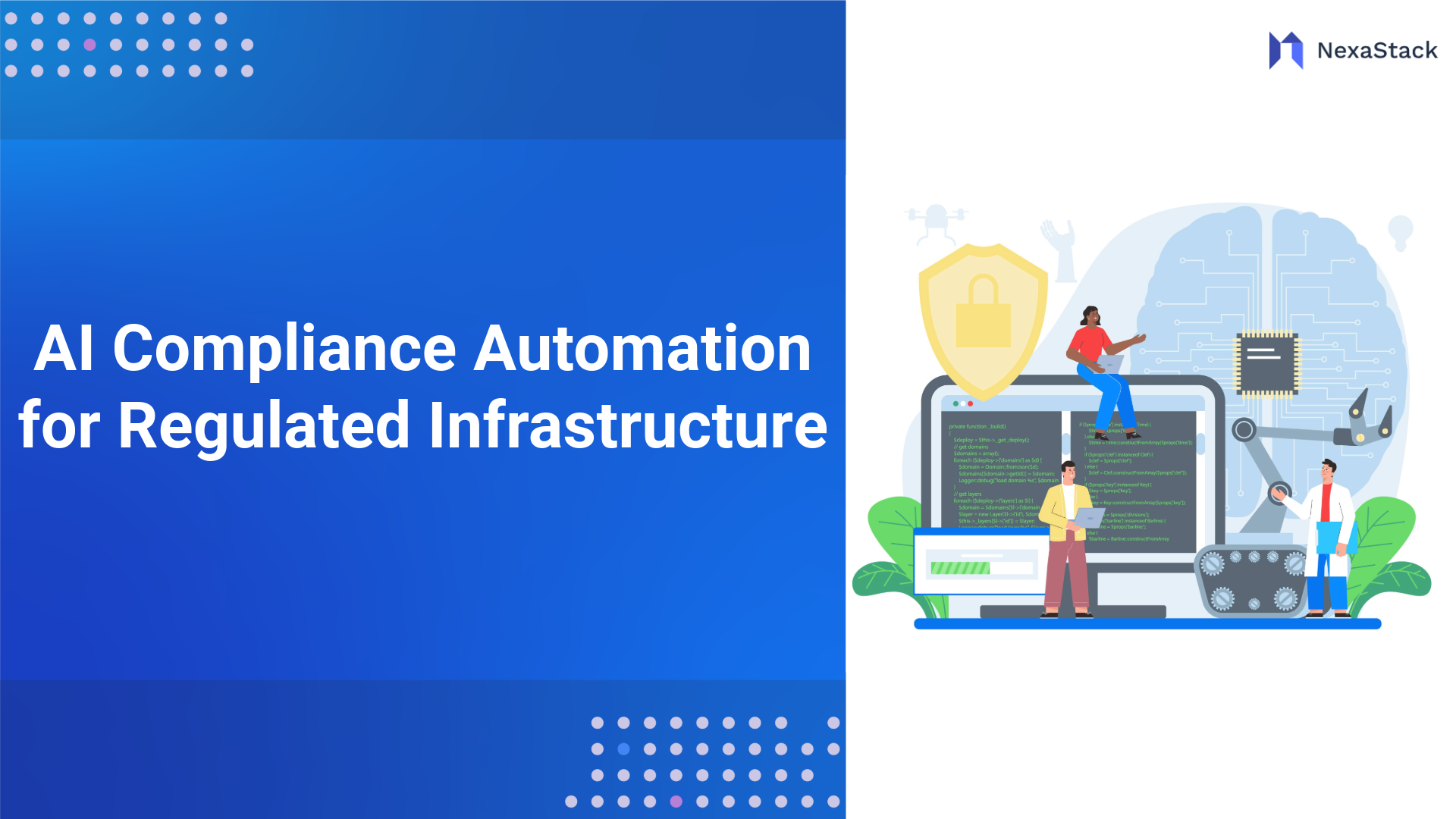The era of Artificial Intelligence (AI) is undoubtedly here, transforming industries from healthcare to finance, manufacturing to media. However, beneath these glossy headlines lies a grimmer reality: AI operations (AI Ops) are more fragmented and brittle than ever. As organisations grapple with scattered infrastructure, disparate tools, compliance obligations, and the constant churn of new frameworks, the path from prototype to production is loaded with operational traps.
For many, AI workloads are siloed—data pipelines, model management, orchestration engines, and monitoring tools all living in their worlds. This fragmentation is not just an annoyance; it slows releases, hinders compliance, increases attack surfaces, and introduces human error. As AI scales across clouds, hybrid, and edge environments, unifying operational control is becoming not just a “nice-to-have,” but an existential requirement. That’s where the concept of the Unified Control Plane enters the scene. 
The Fragmentation Challenge in Modern AI Pipelines
Today, even a modest enterprise AI deployment may span several cloud providers, a patchwork of open-source and vendor solutions, separate governance and security models, and disparate monitoring tools. Data scientists, DevOps, and security teams often work in siloes, with little shared context or coordination. As a result:
-
Config and policy drift proliferate—what’s secure in training isn’t guaranteed for deployment.
-
Audit and compliance become a logistical nightmare, especially under regulations like GDPR or HIPAA.
-
Operational complexity strangles innovation, with teams wasting cycles reconciling environments or tracing bugs across fractured systems.
-
Scaling becomes perilous, as each component may react unpredictably under load or in new deployment geographies.
The result: enterprises find it difficult to move fast, ensure security, or manage costs. Unifying operations is no longer optional for organisations harnessing AI’s full spectrum of capabilities.
Defining the Unified Control Plane
What, exactly, is a Unified Control Plane? The control plane is the “brain” of infrastructure: a central coordination layer responsible for managing, orchestrating, and configuring the resources and policies underpinning your AI workloads.
What It Is—and What It Is Not (vs. the Data Plane)
-
Control Plane: Think of it as the traffic controller—making decisions about what goes where, when, and how. It handles orchestration, policy enforcement, metadata management, configuration, and access controls.
-
Data (Workload) Plane: This is where the “work” happens—all the data crunching, model training, inference requests, etc.
Critically, while the data plane executes, the control plane supervises and steers. The two are deeply linked but serve distinct operational purposes.
Role in Orchestration, Configuration, and Metadata Management
A well-designed control plane can:
-
Orchestrate deployments across clusters, clouds, or edge nodes.
-
Manage configuration settings—including secrets, environment variables, and resource policies.
-
Maintain metadata about models—think versions, lineage, or usage metrics.
-
Enforce security and compliance centrally, rather than piecemeal.
Control Plane vs. Data (or Workload) Plane
Understanding this distinction is critical for robust AI Ops.
Core Distinctions
-
Control Plane: Manages states, configuration, and policies; rarely handles user data directly.
-
Data Plane: Processes, stores, and moves the data and model artefacts.
Security, Scalability, and Compliance Benefits
-
Security: A control plane centralises access policies and secret management, reducing the risk of unintentional data exposure.
-
Scalability: Scaling the data plane (e.g., adding compute nodes for model inference) is handled by an intelligent control plane, which knows how to allocate resources and balance loads.
-
Compliance: Auditability and traceability are vastly improved, as all resource access and configuration changes are centrally logged.
A robust control plane enhances resilience, eliminates manual “drift,” and enables rapid adjustment to changing operational needs.
Key Benefits for AI Operations
Why does this matter specifically for AI?
Centralised Governance, Auditability, Secure K/V Management
-
Centralised governance ensures all teams adhere to the same operational playbook, which is critical for managing risk.
-
Auditability: Every action—deploying a model, updating a config, or granting access—is logged for post-mortem and compliance.
-
Key/value (K/V) management for secrets, tokens, and config becomes seamless and secure.
Automation, Observability, and Consistent Policy Enforcement
-
Automation: The control plane enables automation of repetitive tasks, like scaling, failover, or environment setup.
-
Observability: Central telemetry and monitoring become possible, reducing the latency to issue resolution.
-
Consistent Policy Enforcement: Rather than relying on tribal knowledge or ad-hoc scripts, policy is codified and enforced everywhere, always.
Multi-Cloud, Hybrid & Edge Use Cases
The rise of multi-cloud and edge AI adds complexity—unless unified control is in play.
-
Multi-Cloud: Deploy models across Azure, AWS, and GCP with a single orchestration layer managing deployments and failovers.
-
Hybrid: Seamlessly bridge private data centre and public cloud resources without duplicating security or configuration work.
-
Edge: Manage fleets of edge devices—with automatic versioning, policy enforcement, and monitoring— as easily as a single cloud region.
A control plane abstracts away deployment locality, so teams focus on business logic, not infrastructure quirks.
AI-Specific Enhancements: Gateways & Multi-Agent Systems
Modern AI workloads have unique orchestration challenges, especially as models proliferate and applications evolve beyond monoliths.
Introducing AI Gateways for Seamless Model Consumption
AI gateways act as a single entry point for consuming models, abstracting away backend details. They provide:
-
Load balancing for model inference requests
-
API security and authentication
-
Dynamic routing—sending traffic to the optimal model/version
A control plane manages and configures these gateways, bringing observability and control to otherwise opaque inference workflows.
Coordinating Multiple Specialist Agents Under One Orchestration Layer
With the rise of agentic/multi-agent architectures, organisations now run dozens of specialist models—each “agent” performing a specific function.
-
The control plane is essential for:
-
Coordinating agent actions
-
Managing inter-agent communication
-
Logging and auditing agent interactions
The control plane provides a unifying layer that enables agents to act cohesively, turning AI “swarms” into reliable, accountable systems.
Real-World Example: From Chaos to Centralised AI Workflows
Case Study: A Large Healthcare Provider
Before:
The provider had separate tools for model training, deployment, monitoring, and access control, split across on-prem data centres and AWS. Model updates took weeks. Compliance audits were a scramble, with logs scattered across various systems.
After Implementing a Unified Control Plane:
-
Onboarding new models is automated, with version control and audit trails by default.
-
Policy changes (e.g., patient data access controls) propagate instantly across environments.
-
Observability dashboards provide real-time health monitoring for models, infra, and edge devices.
-
Compliance reporting became a 10-minute job, instead of days of cross-team coordination.
The result is faster innovation, lower operational costs, and a robust compliance posture.
Step-by-Step Implementation Guide
How to get there? A phased, strategy-first approach wins.
-
Assess Current State
Map out existing tools, workflows, and pain points across the ML lifecycle. -
Define Governance & Security Standards
Align stakeholders on what centralized governance must achieve—especially around access, secrets, and audit. -
Select (or Build) Your Control Plane
Leverage existing solutions (Kubernetes, Kubeflow, MLflow with enterprise control add-ons, or managed services like AWS SageMaker Control Plane), or build modularly atop existing orchestration frameworks. -
Integrate, Don’t Disrupt
Roll out the control plane incrementally—start with non-critical workloads, then expand. -
Align with DevOps/MLOps Practices
Codify policies as code; use GitOps for configuration and pipeline versioning; automate testing and deployment. -
Observe and Iterate
Monitor, solicit feedback, and incrementally expand the scope, incorporating new AI/edge workflows as they arise.
Future Trends: Agentic, Autonomous, Self-Healing Control Planes
The future of AI Ops will be driven by:
-
Agentic Control Planes: Capable of proactive orchestration, detecting drift and reconfiguring systems automatically.
-
Autonomous Self-Healing: Systems that diagnose and remediate issues at the control plane level, not just for individual services.
-
Domain-Specific AI Control Loops: Embedding domain knowledge to optimise real-time compliance, cost, and performance.
Expect the control plane to “disappear” into the background, becoming an always-on, intelligent assistant for all your AI operations.
Conclusion & Strategic Takeaways
As AI moves from experiment to enterprise staple, operational complexity will only grow. A Unified Control Plane isn’t just a technical innovation; it’s a strategic enabler for scalable, secure, and compliant AI operations across clouds, data centres, and the edge.
Key takeaways:
-
Centralisation = Control: Unify config, policy, and governance for resilience and speed.
-
Automation = Efficiency: Scale without bottlenecks or manual toil.
-
Visibility = Trust: Auditable, observable systems foster rapid innovation and regulatory compliance.
Embracing unified control now will distinguish leaders from laggards in the rapidly evolving AI landscape. For those ready to scale AI confidently, it’s time to unify and conquer.
Next Steps with Unified Control Plane
Talk to our experts about implementing compound AI system, How Industries and different departments use Agentic Workflows and Decision Intelligence to Become Decision Centric. Utilizes AI to automate and optimize IT support and operations, improving efficiency and responsiveness.


